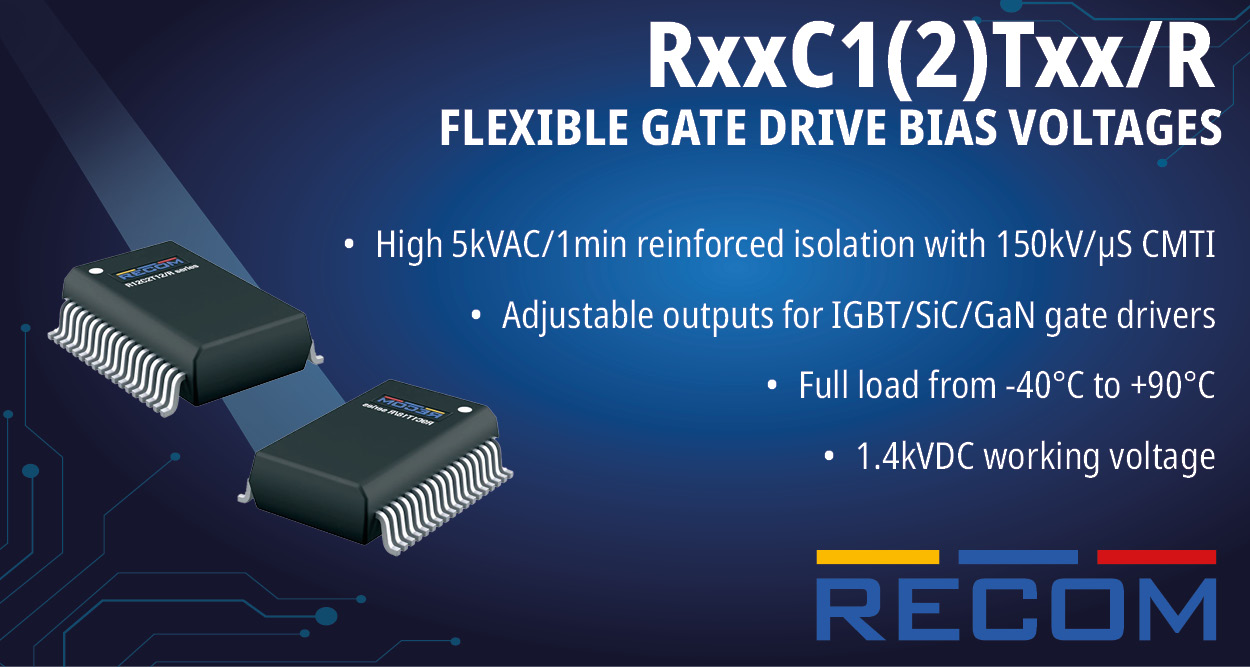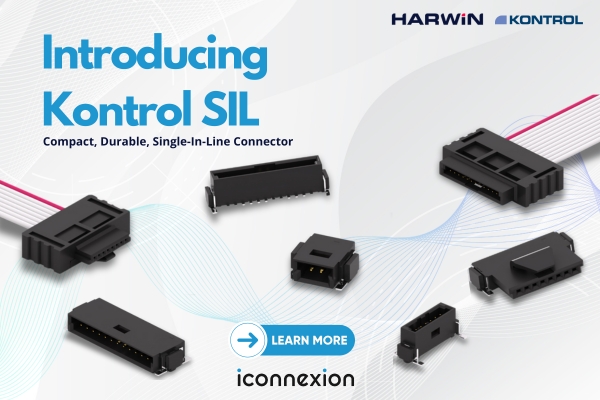There are multiple ways one can define a design entrepreneur. Designers who start their own design companies, work in companies as entrepreneurs to solve a real business problem or start their own product or solutions company. To me, a design entrepreneur is someone who solves a real problem in an outcome-oriented way. Irrespective whether a designer runs it own company or works in a company, there are common traits to be called as a design entrepreneur
1) They solve real problems. A design entrepreneur is someone who identifies key pain point(s) and solves it. It is not about using the latest technology to come up with a cool and unique product. A true design entrepreneur would never come up with voice banking or wearable banking apps. Seriously, would you ever ask siri or alexa to tell you what is your bank balance? Especially if you have people around you such as your colleagues or fellow commuters… Banking is a discreet activity. Voice banking or wearable banking do not solve any real problem. Designing apps that help increase adoption of digital banking is a real problem.
2) They have the end objective clearly defined. Non-designers (read executives, business heads) often feel that a good designer’s role is to create something aesthetically pleasing. To them, creating great user experience is common sense. It is far from the truth. Good design is not just about how it looks but also about how it works. A design entrepreneur will always ask the following questions at the beginning of an initiative.
- What business metric are we looking to improve on? Increasing sales, profit, engagement, productivity or decreasing costs, errors?
- Why will the users use our offering and not our competitors?
- How is this aligned with the CEO’s vision?
3) Great designers are not necessarily great design entrepreneurs. I have been in the design industry for 15 years and contributed considerably in the growth of UX industry in India. I have seen awesome designers fail and have seen good designers succeed. The key difference between them is the ability to build consensus, sell the ideas across multiple stakeholders and senior management and ability to do manage change effectively. Let’s face it. Especially in India, there has been lot resistance to change than other first world countries. I have lost count of the number of times how many stakeholders wanted google or apple like designs and then when we show them the proposed designs as per the brief and the context, their responses are “yeh to khali hien”, “this is too risky”, “this is way too simplified”.
4) Design entrepreneurs imbibe “The whole is greater than the sum of parts”. They take a ecosystemic viewpoint on how things connect and how a seamless, consistent and continuous experience be provided across various channels, products and offerings. Unfortunately, this has been the single biggest challenge for designers to solve across industries and companies. Have you ever found a large incumbent in India way ahead of its global counterparts providing an omni-channel experience across channels? In fact in most companies, teams that manage desktop products and mobile products are different. They are at loggerheads with each other and often have competing KRAs. The solution? The first step is streamlining the organization structure. So in all, a successful design entrepreneur is not only a great designer but understands business, is a great sales person and is very effective in getting things done. But alas! Finding these combinations in a designer in India is rare. Latch on if you find one!
















